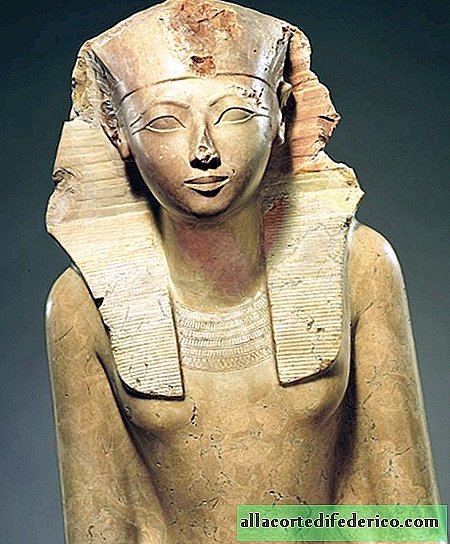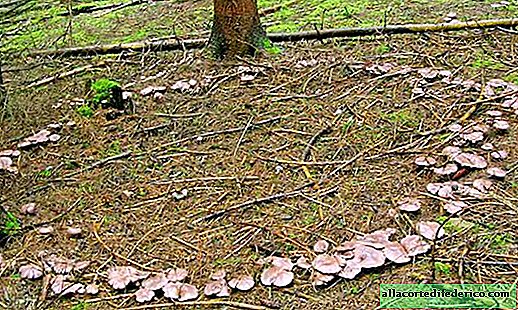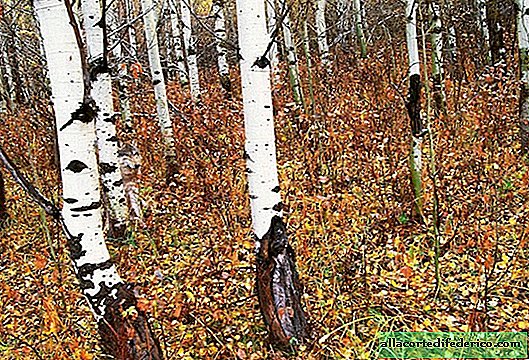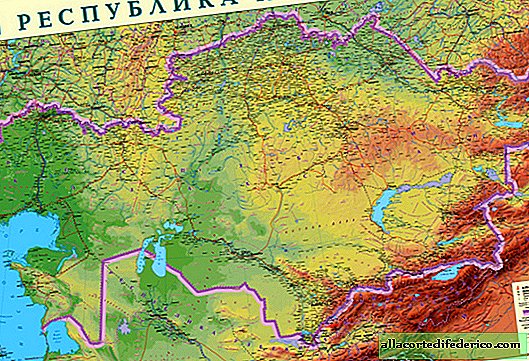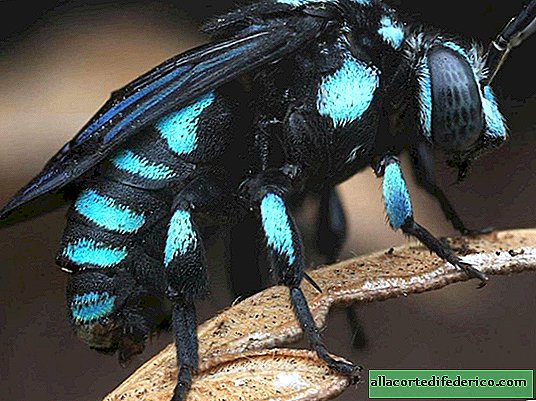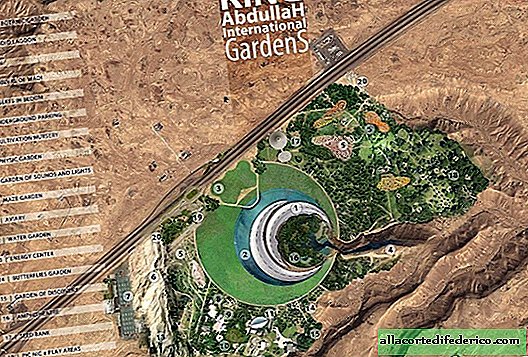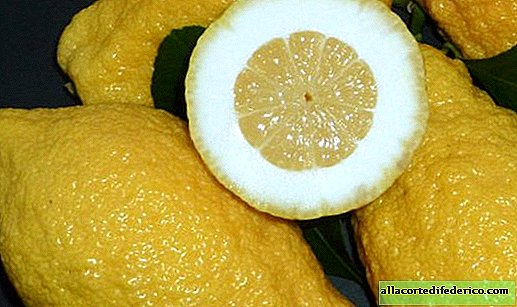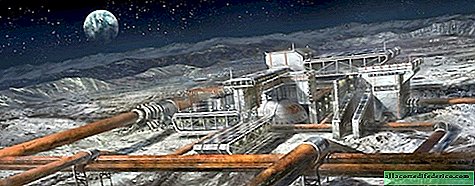Paradise in the desert: how to turn lifeless sands into blooming fields
Surely many saw picturesque photographs of green fields in the middle of the deserts of Jordan, the USA and Saudi Arabia. How did you manage to create this agricultural paradise? Slender rows of man-made circles go far beyond the horizon, bewitching and admiring one of its kind. Photos of such regions are more like alien landscapes than sandy deserts.
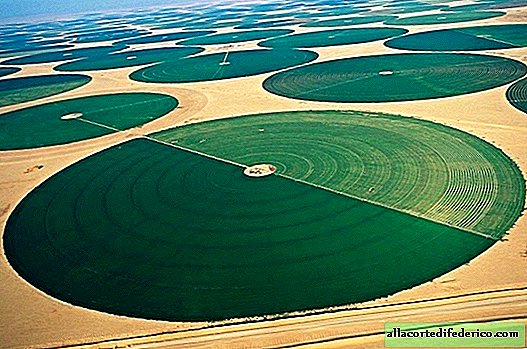

The territory of Jordan cannot boast of a large amount of rainfall. But a bold project implemented in the Wadi Rum desert (also the Moon Valley), allowed this country to almost completely satisfy its needs for fresh vegetables. The aquifer, located at a depth of 30-400 meters, provides life-giving moisture to about 2,000 hectares of green fields. Fields in the Wadi Rum desert have acquired a characteristic circular shape associated with the movement of watering machines. Irrigation plants move in a circle due to the force of water pressure, while additional electricity is not consumed.

The Great Plains in the United States is another region where such technologies have been successfully implemented. This area is one of the largest cotton production centers on the planet. In addition to cotton, cereals are also grown here. Situated in dry steppes and semi-deserts, the Great Plains suffer from a lack of rainfall that is offset by artificial irrigation. Drilling wells and extracting water from the Ogallala underground aquifer proved to be the best option for farmers. This aquifer is one of the largest in the world and extends from Texas to South Dakota. But in the last decade, scientists have been sounding the alarm: Ogallala's aquifer reserves are coming to an end, and in some wells the water has already run out.

 Ogallala Underground Location
Ogallala Underground LocationBut the fate of the Ogallal skyline will not necessarily overtake the rest of the desert, where crops are successfully grown. In any case, the use of groundwater should be carried out under strict control and be accompanied by regular monitoring of the status of their reserves. In the meantime, the hot deserts, turned into paradise thickets, continue to work for the benefit of mankind.


